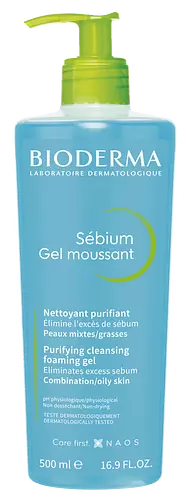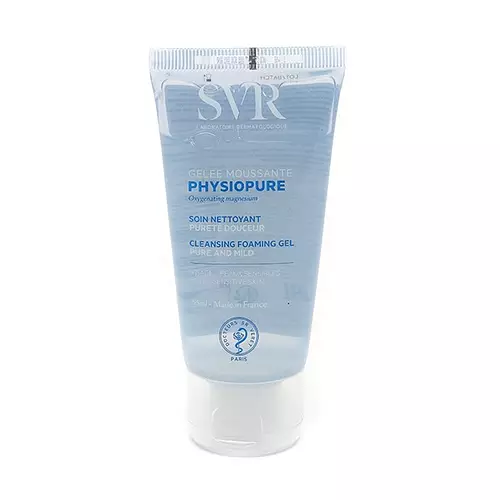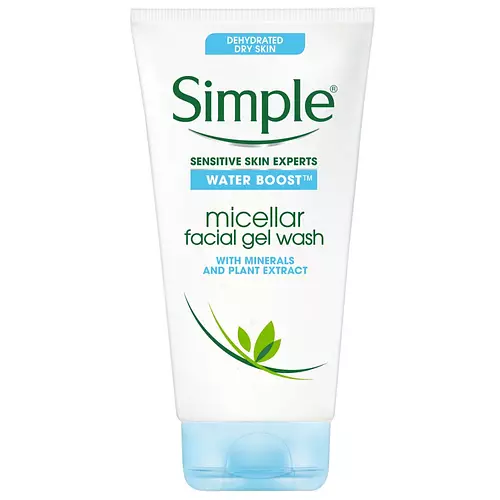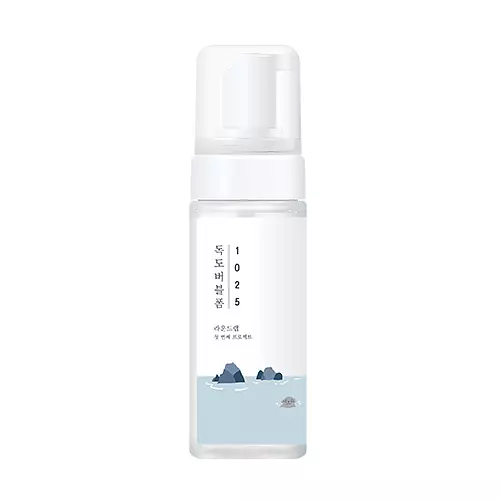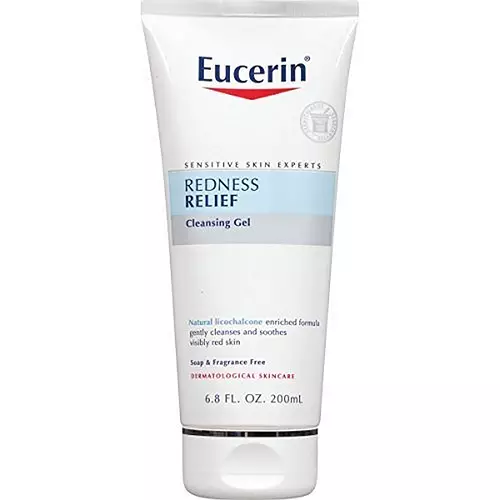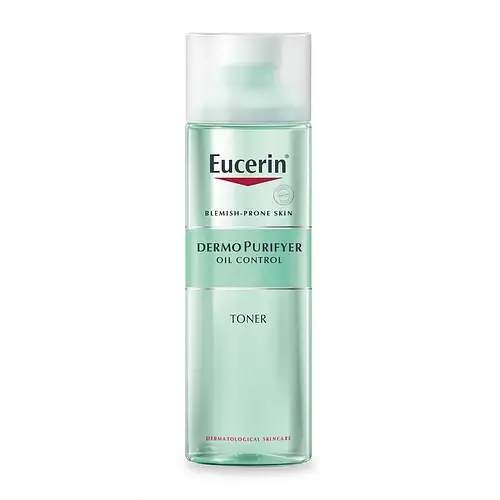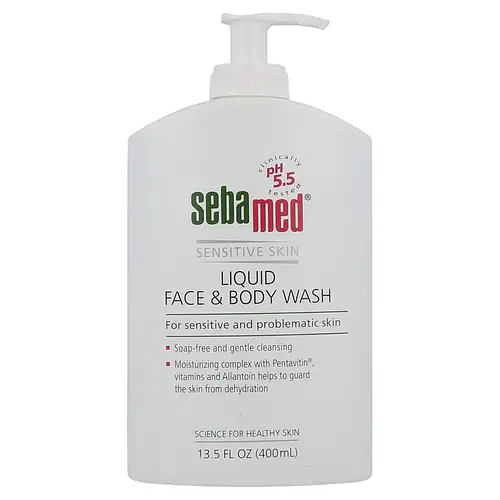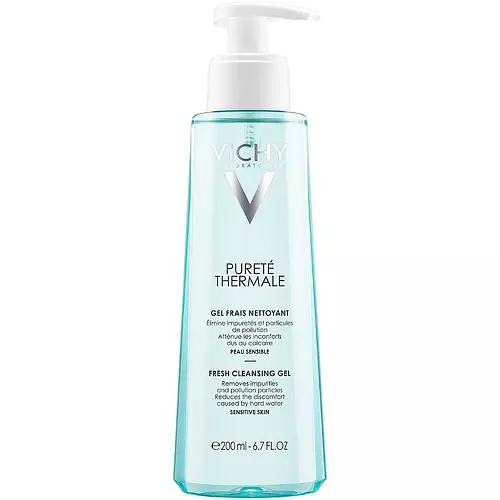Updated on February 01, 2024
Overview
What they are
These products are both reef safe face cleansers. They have a total of 1 ingredients in common
Suited For
They're both likely to be good for brightening skin
Free From
They both do not contain any harsh alcohols, common allergens, oils, parabens or silicones
We independently verify ingredients, and our claims are backed by peer-reviewed research. Spot a product that needs an update? Let us know.
Ingredient Info
Bioderma Sébium Gel Moussant 17 ingredients
Tocobo Coconut Clay Cleansing Foam 17 ingredients
At a glance
Click on any of the items below to learn more
Bioderma Sébium Gel Moussant 17 ingredients
Tocobo Coconut Clay Cleansing Foam 17 ingredients
Notable Ingredients
This product contains 1 ingredient that may have this attribute:
Benefits
This product contains 1 ingredient that may have this attribute:
This product contains 1 ingredient that may have this attribute:
This product contains 1 ingredient that may have this attribute:
This product contains 1 ingredient that may have this attribute:
This product contains 1 ingredient that may have this attribute:
This product contains 1 ingredient that may have this attribute:
Concerns
This product contains 2 ingredients that may have this attribute:
This product contains 1 ingredient that may have this attribute:
This product contains 1 ingredient that may have this attribute:
This product contains 2 ingredients that may have this attribute:
This product contains 2 ingredients that may have this attribute:
Benefits
This product contains 1 ingredient that may have this attribute:
This product contains 1 ingredient that may have this attribute:
Concerns
This product contains 1 ingredient that may have this attribute:
This product contains 1 ingredient that may have this attribute:
This product contains 1 ingredient that may have this attribute:
Ingredients Side-by-side
Ingredients Explained
These ingredients are found in both products.
Ingredients higher up in an ingredient list are typically present in a larger amount.
Water. It's the most common cosmetic ingredient of all. You'll usually see it at the top of ingredient lists, meaning that it makes up the largest part of the product.
So why is it so popular? Water most often acts as a solvent - this means that it helps dissolve other ingredients into the formulation.
You'll also recognize water as that liquid we all need to stay alive. If you see this, drink a glass of water. Stay hydrated!
Learn more about WaterIngredient Ratings
Here's what our community thinks of the ingredients in these two products.
When to use
Bioderma Sébium Gel Moussant 17 ingredients
Tocobo Coconut Clay Cleansing Foam 17 ingredients

Reviews
Here's what our community thinks
Tocobo Coconut Clay Cleansing Foam 17 ingredients
RasberryIce
I'm gonna be honest, I wasn't impressed by this product at all.
It's very drying (i have combination skin) and leave a sort of barrier on the...
I'm gonna be honest, I wasn't impressed by this product at all.
It's very drying (i have combination skin) and leave a sort of barrier on the skin, which is probably residue. It has a strong smell of coconut, that some may like.
Only really positive is that it lathers nicely and a little bit goes a long way.
Basically, I won't be repurchasing and it's probably cause it's not for my skin at all.
